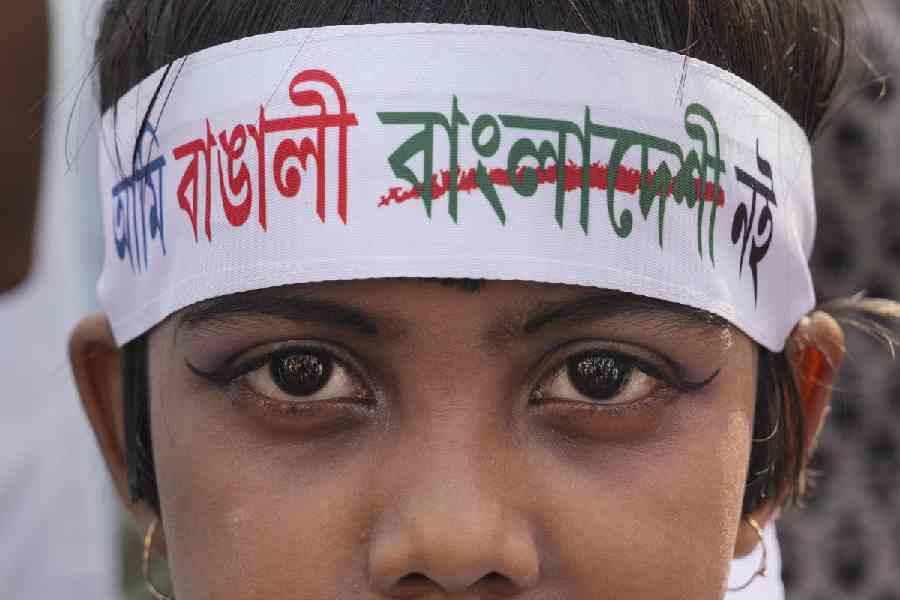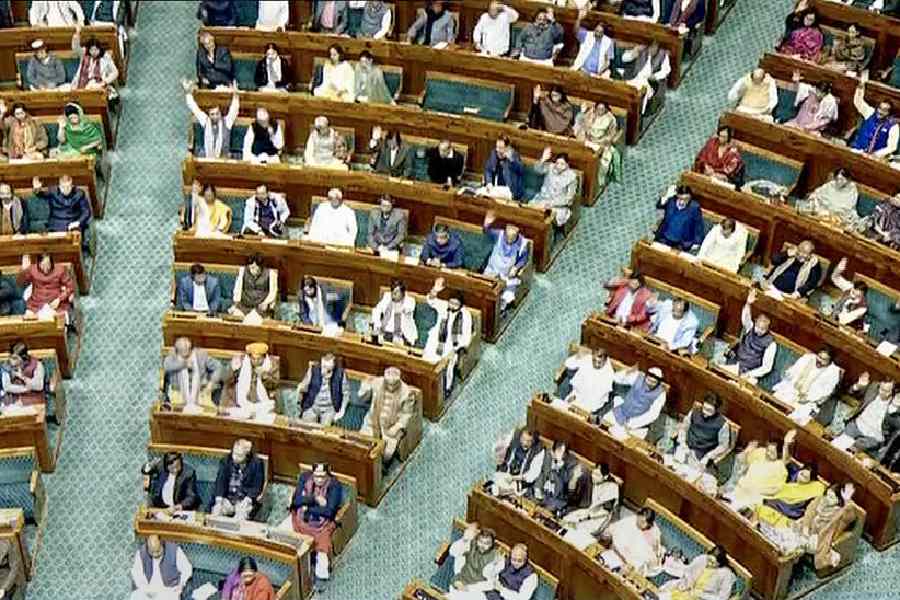 |
New Delhi, Oct. 30: Moves are on to have mobile phone numbers beginning with 3, 5 and 6 to meet the demand for new numbers.
The Department of Telecom (DoT) initiative is expected to add 3 billion mobile numbers, which will take care of the demand for 10 years.
At present, India has the capacity to generate 700 million new numbers to cater to the industry’s demands for the next 30 months, using the 7 and 8 series, which was launched last year.
Around 90 per cent of the country’s 860-million mobile subscribers have numbers starting with 9. The rest have the prefix 7 and 8.
According to DoT officials, the new series, which will be opened up for mobile services, are being used by private players for landline numbers. “These private operators will move the landline numbers to the existing 4 number series,” they said.
The country’s top telecom firm Bharti Airtel uses the 4 number series for its fixed line services, while Reliance Communications uses the 3 number series for its land line services.
The series starting with 6 belongs to Tata Teleservices and the one beginning with 5 has been allocated to Himachal Futuristic Communications Ltd and Sistema Shyam.
State-run BSNL and MTNL use the series starting with 2 for its fixed line services. “There is enough capacity left in 2 and 4 to accommodate all the other players to free up the other numbering series for wireless services,” officials said.
According to data by the Telecom Regulatory Authority of India (Trai), the number of wireline subscribers fell to 34.07 million in August from 34.18 million in July.
India is fast running out of new mobile numbers as the country is adding around 7-8 million subscribers per month, despite a slight slowdown in demand for new numbers because of portability. Many numbers are blocked by service providers as premium numbers that are sold at high rates.
Earlier, Trai had suggested an integrated 10-digit number system for both mobile and fixed phones, as in the US. However, the DoT rejected the proposal on the ground that “moving to a 10-digit series will require a lot of changes in the fixed-line exchanges, in the way calls are routed, and also in the billing software”.
The existing numbering system was designed for 750 million connections.
The system was supposed to last till 2030 but it came under strain with mobile numbers crossing the estimated mark in 2009 itself. India has surpassed China to be the world’s fastest growing cellular market for four years running.











